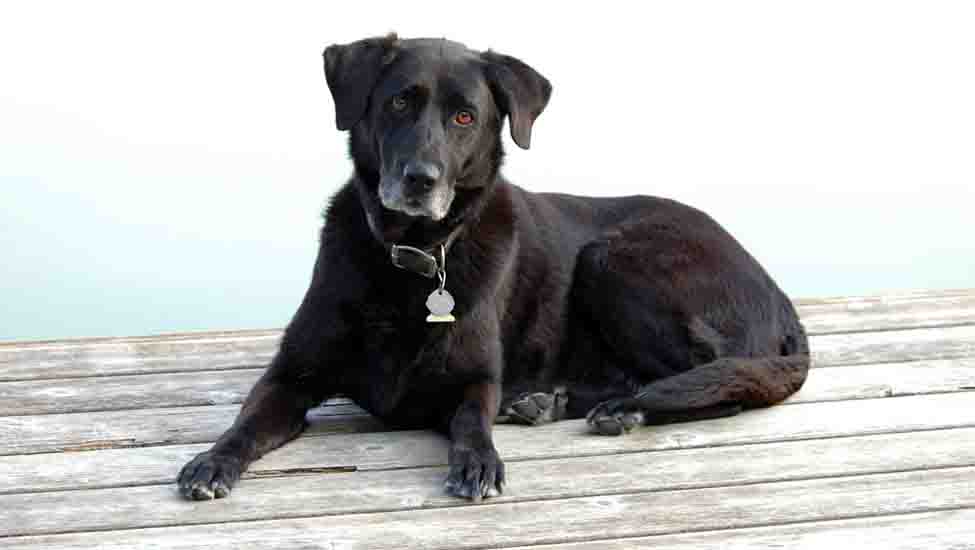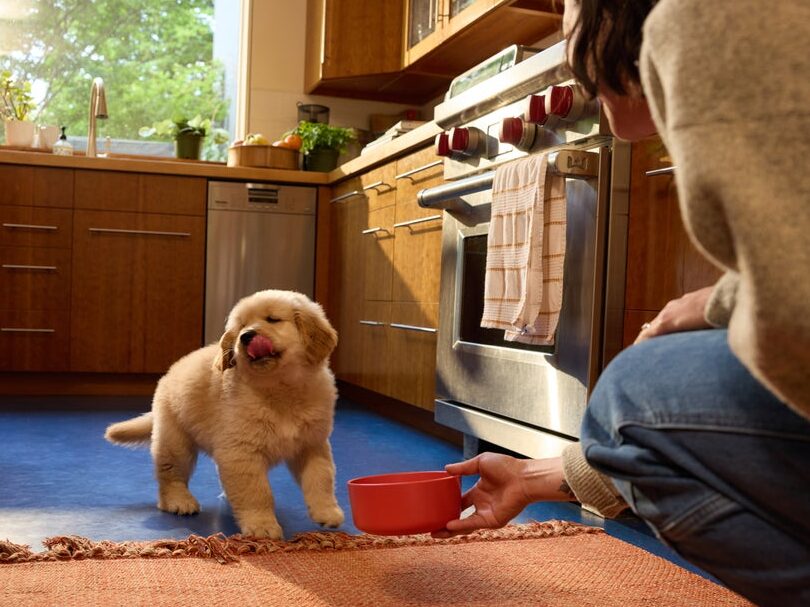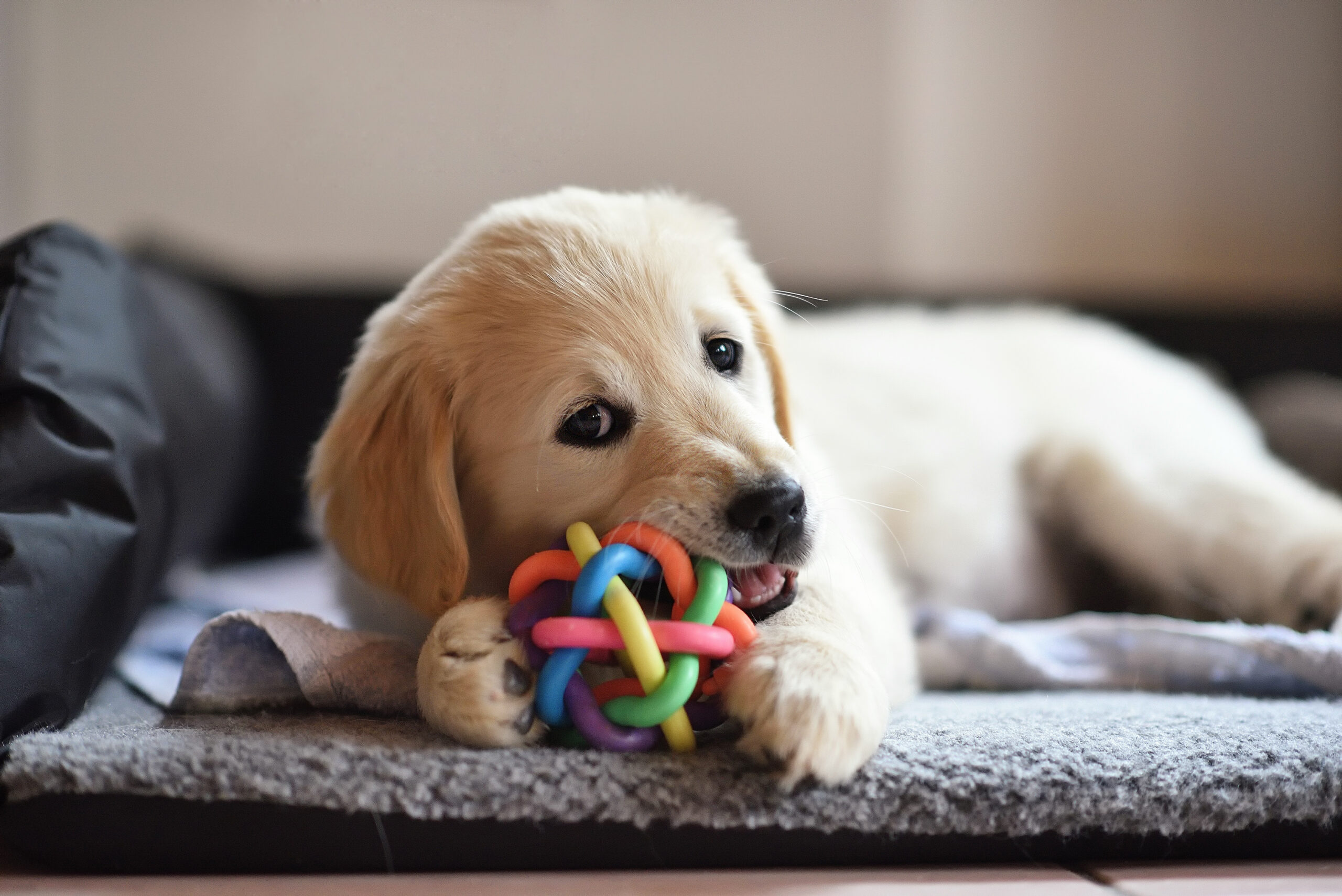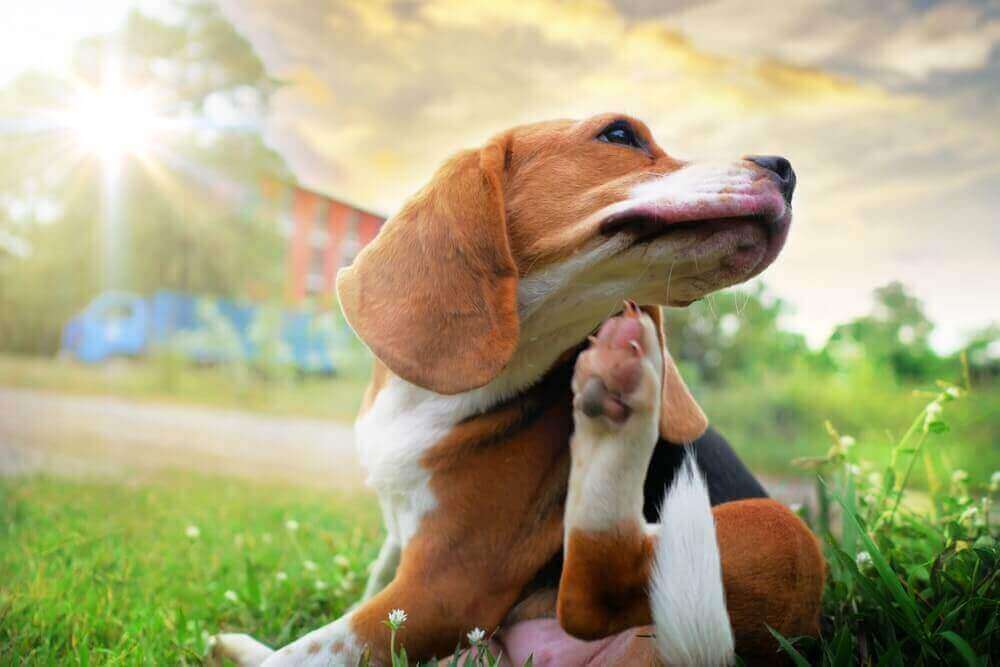Hey Ollie blog readers! We’re offering you an exclusive 60% OFF your starter box! Try now!
History professors and second-term presidents aren’t the only ones who can sport a distinguished, salt-and-pepper look. Pups go gray, too—but have you ever wondered if yours is starting to show their dog years sooner than they should be?
Like humans, dogs tend to go gray as part of their natural aging process. And just like us, as dogs get older, the pigment cells responsible for color (specifically, melanin) stop being produced; this causes the strands to come out at a lighter shade, like gray or white. The average dog starts to go gray—typically around the muzzle—around 5 years old.
Premature graying also happens to pups: For humans, graying is considered premature when it happens at around age 30. For dogs, that translates to about 4 years of age. If your dog’s muzzle is sporting silver around then or earlier, here’s what you need to know:
Some breeds are predisposed to going gray early
This is called “progressive graying” and is caused by a dominant gene that especially affects long-haired breeds. Poodles, bearded collies, and certain sheepdogs are typical examples of dogs with this particular gene. Because the gene is dominant, it’s common in mixed breeds as well.
Stress could be to blame for your dog’s graying
According to a landmark 2016 study published in Applied Animal Behavior Science, impulsive, anxious dogs tend to go gray quicker than do their more relaxed peers. In other words, dogs who scare easily —e.g., at loud noises, unfamiliar people, or other animals—also tend to be the type to gray prematurely. The study also found that female dogs go gray earlier more frequently than do male dogs.
Here’s how to prevent your dog from going (even more) gray
Since the study found that the three biggest indicators of premature graying are anxiety, impulsivity, and fearful responses to certain stimuli—specifically, loud noises, and unfamiliar people or animals—the surest way to help a dog with gray fur is to tackle these underlying issues head-on:
If your pup is prone to exhibiting typical impulsivity symptoms, like destructive behavior—and especially if he has separation anxiety—it might help to establish a daily routine. This will allow your dog to learn to predict when he can expect attention from you (e.g., exercise, food) and when he should expect inattention (e.g., napping, or playing with toys). The key is to schedule the “inattention” at times when you’re leaving the house, which will distract your dog from your departure.
Help your dog conquer his fear of loud noises with gradual training exposure. If she’s scared of thunder or fireworks, for example, find an audio recording of that sound and play it at an extremely low volume—just loud enough not to bother her. Reward her calm behavior with a special treat (one you don’t use for anything else). Over the next few days, raise the volume slowly and keep doling out the special treat. Be sure to stop at the first sign of anxiety.
If your dog is scared of meeting new people, first identify the types of humans that spook him. Is he freaked when he sees the vet, and therefore all people in uniform? Or maybe it’s just certain genders? Once you’ve isolated the trigger, do everything you can to control situations with these people and make sure your dog feels safe. An anxiety vest, like a Thundershirt, may also calm your pup down.
As always, if your concerned about what your dog’s premature gray hair might indicate, consult your vet!
Tagged As:

The nutrition your dog needs,
the food they want.

Enjoying our articles? Subscribe our Newsletters and get new articles directly to your inbox
You might also like
13 May 2025
8 MINS READ
Puppy Training Guide & Behavior Timeline
Bringing home a puppy is pure magic. It’s also pure chaos—tiny teeth, zoomies, accidents in the house, and moments that make you wonder if you’re raising a future genius or a tiny tornado. …
by Ollie Pets
10 May 2025
12 MINS READ
New Puppy Checklist: Guide To Prepare For A New Dog
Bringing home a new puppy? This checklist covers everything new dog owners need—from essential supplies to training, feeding, and first vet visits.
by Ollie Pets
3 April 2025
9 MINS READ
Home Remedies for Fleas on Dogs: 10 Natural Ways That Actually Work
Wondering what kills fleas on dogs instantly and naturally? If your pup is scratching like crazy, it may be time to take action. In this guide, we’ll show you the most effective home remedies for…







